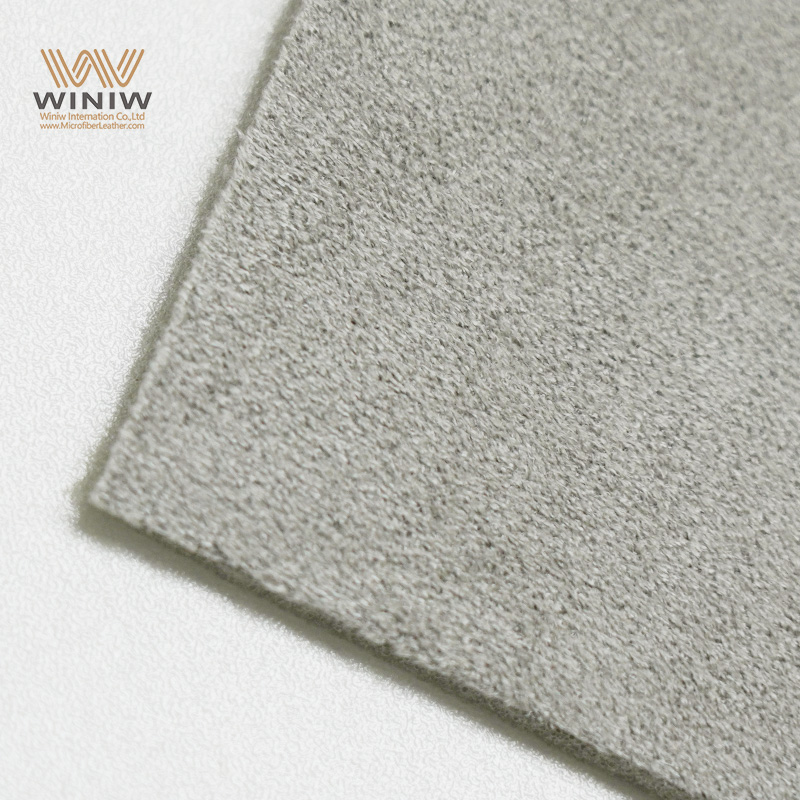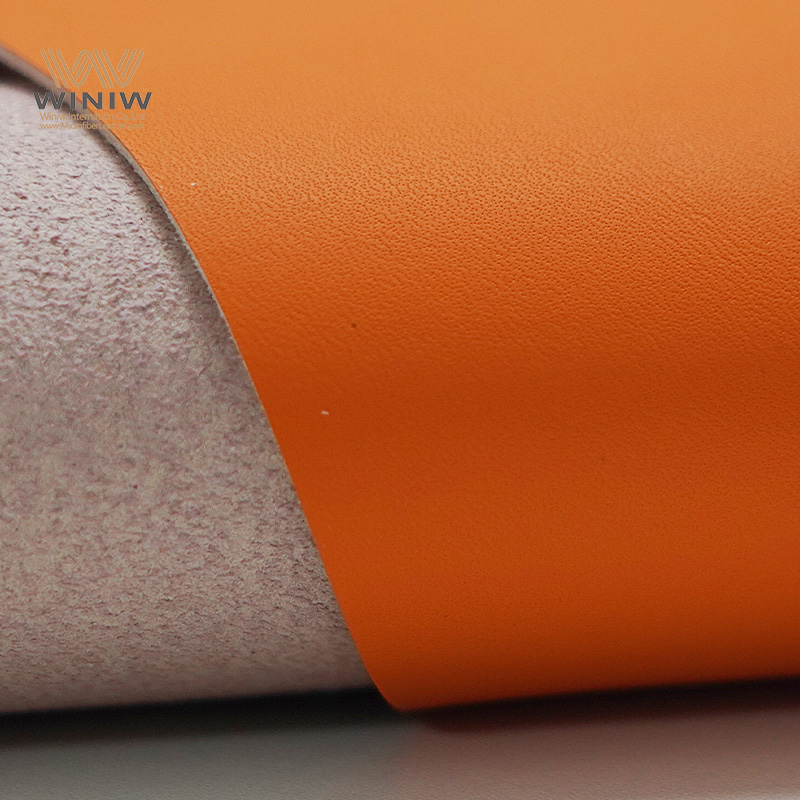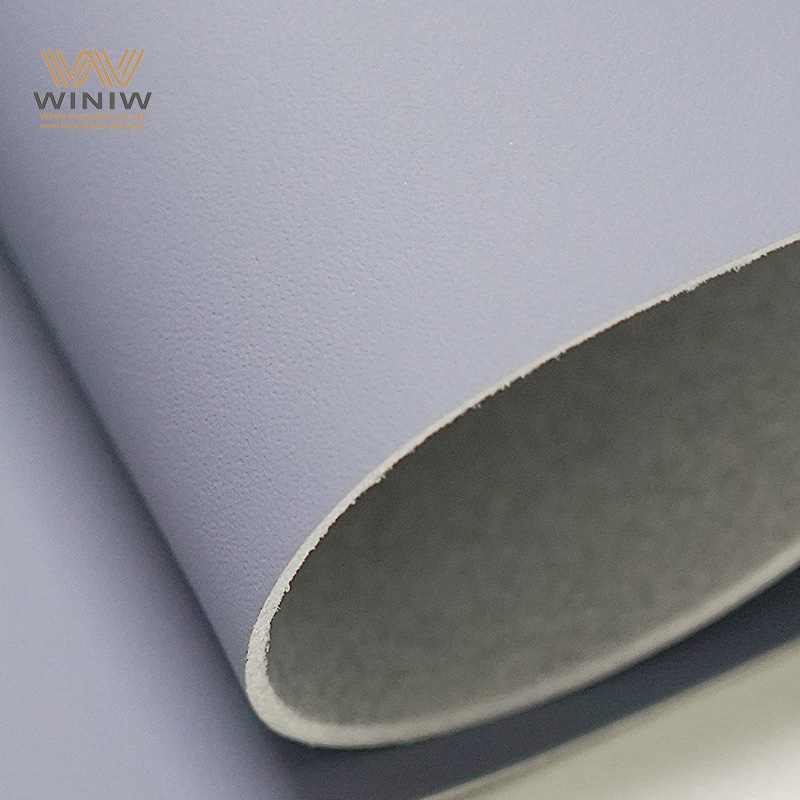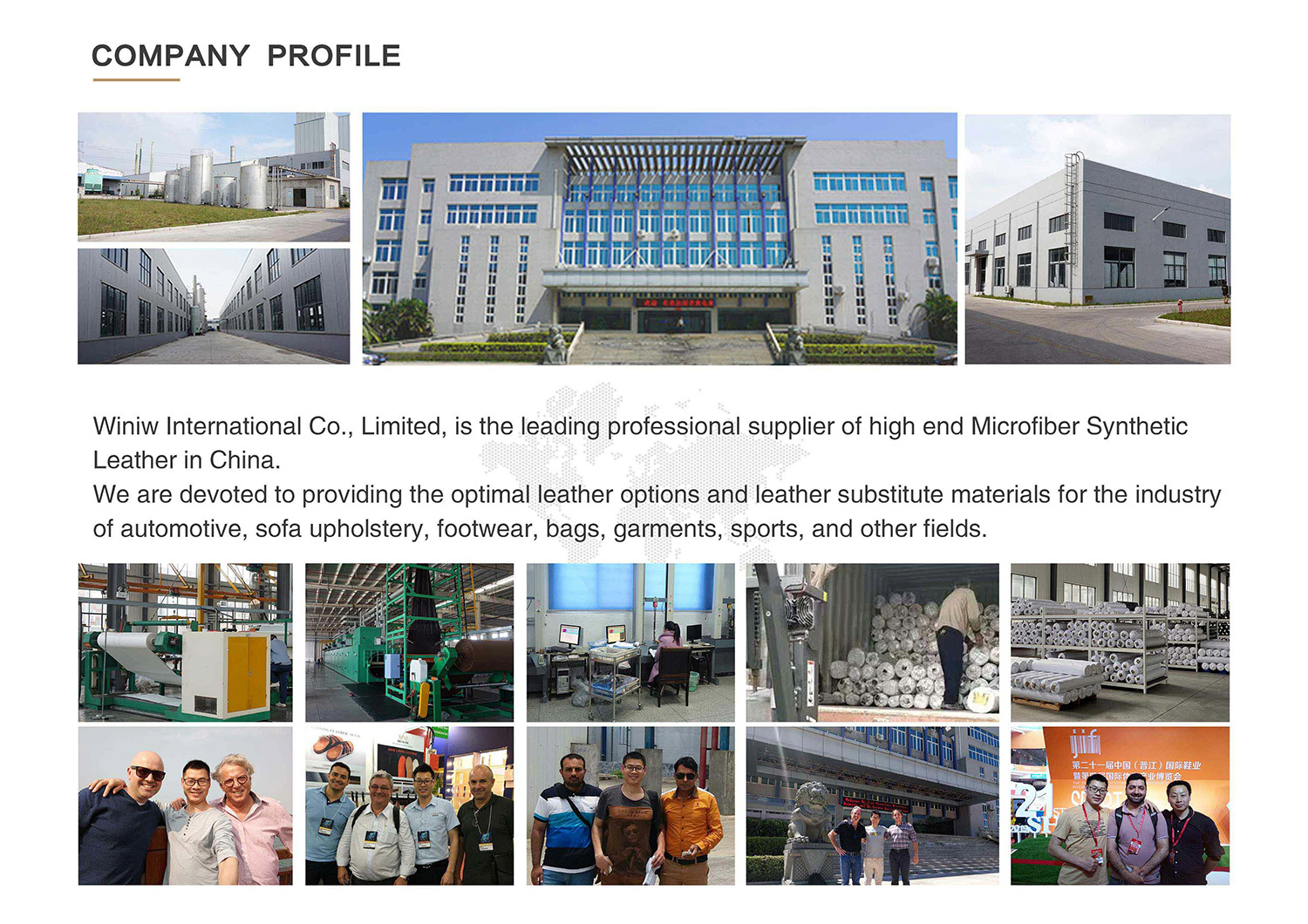
Imagine you browse a store, trying to pick the perfect leather jacket. You see a range of colors and styles, but you wonder if leather feels stiff or if it lasts. In reality, leather is soft, comes in many colors, and can last decades. The global leather textiles market is huge, reaching over $110 billion each year. Many people think leather shrinks in heat or is hard to maintain, but it only needs simple spot cleaning.
Leather textiles come in various types, each with unique qualities. Understanding these types helps you choose the right product for your needs.
Full grain leather is the highest quality, offering durability and a unique look that improves with age. It is ideal for long-lasting items like bags and belts.
Regular care is essential for leather products. Clean spills quickly and condition leather every few months to maintain its beauty and longevity.
When you hear the term leather textiles, you might picture jackets, shoes, or bags. Leather textiles refer to materials made from animal hides or synthetic alternatives that you use in clothing, furniture, and accessories. Leather fabric stands out because it combines strength, flexibility, and a unique look. You can find leather fabric in many forms, from smooth and glossy to soft and velvety. Leather textiles offer a blend of comfort and durability that few other materials match. You often see leather fabric in products that need to last, such as belts, wallets, and car seats.
You might wonder how leather fabric transforms from raw hide to a finished product. The process starts with selecting the right raw materials. Here are the main sources and steps:
Animal hides and skins from cattle, sheep, goats, pigs, and exotic animals.
Cattle hides give you large, durable leather fabric.
Sheep and goat skins provide soft, textured leather fabric.
Pig skins offer tough leather fabric with a natural grain.
Exotic skins, like crocodile or snake, create luxury leather textiles.
The production of leather fabric involves several key steps:
Pre-treatment: Soaking, de-hairing, and fleshing prepare the hide.
Tanning: This step turns raw hide into leather using vegetable, chrome, or synthetic methods.
Finishing: Dyeing, embossing, and coating improve the look and feel of leather fabric.
Tip: High-quality leather textiles go through strict testing to ensure they last.
|
Testing Method |
Description |
|---|---|
|
Abrasion resistance |
Measures how well leather fabric stands up to rubbing and wear. |
|
Compressibility |
Tests how leather fabric responds to pressure, important for comfort. |
|
Tear/burst resistance |
Checks the force needed to tear leather fabric, showing its durability. |
|
Stitch line tear resistance |
Evaluates seam strength in leather textiles. |
|
Flexural rigidity |
Assesses how stiff or flexible leather fabric feels. |
|
Peel strength |
Determines how well layers in leather fabric stick together. |
|
Frictional properties |
Looks at how leather fabric interacts with other surfaces. |
|
Creep and relaxation |
Observes how leather fabric changes shape under stress over time. |

You can now see why leather textiles and leather fabric remain popular choices for everyday items. The careful selection of materials and detailed processes ensure that leather fabric meets your needs for style and strength.
When you shop for leather goods, you will notice many types of leather textiles. Each type has unique qualities, making it suitable for specific products. Understanding the different types of leathers helps you choose the right item for your needs, whether you want a stylish jacket, a durable bag, or a comfortable sofa.
Full grain leather comes from the outermost layer of the hide. This layer contains dense fibers, which give the material its strength and durability. You can spot full grain leather by its natural imperfections, such as scars or wrinkles. These marks show the authenticity of the leather and add character to each piece.
You often find full grain leather in products that need to last for years. Bags, belts, and high-end accessories use this material because it resists wear and develops a rich patina over time. The patina makes each item unique and more attractive as it ages.
|
Product Type |
Description |
|---|---|
|
Bags |
Full grain leather is used for various types of bags, highlighting its durability and quality. |
|
Accessories |
Commonly used in accessories, showcasing its versatility in everyday items. |
Note: Full grain leather is the highest quality among all types of leather textiles. It offers unmatched durability and a natural look.
Top grain leather is another popular choice in the world of leather textiles. Manufacturers sand the surface to remove imperfections, creating a smooth and uniform finish. This process makes top grain leather softer and more flexible than full grain, but it also removes some of the natural texture.
You will see top grain leather in furniture, jackets, and wallets. It offers a balance between quality and affordability. Many people prefer it because it is easy to clean and maintain.

|
Advantages of Top Grain Leather |
Disadvantages of Top Grain Leather |
|---|---|
|
Delivers great value for consumers not willing to commit to full-grain leather |
Reduced breathability due to its sanded surface, making it uncomfortable in hot weather and less natural to touch |
|
Offers an earthy, natural aesthetic with a uniform finish that outclasses most other leather types |
Some purists feel the blemish-free surface is too perfect |
|
Has a thin, malleable texture that doesn’t need breaking in |
Rarely develops a patina, which is a natural result of ageing when leather becomes darker, softer and develops a subtle sheen |
|
Can feature a protective finish to safeguard against stains that could ruin porous grains |
Costs more than low-end alternatives like bonded or faux leather |
|
Especially easy to clean compared with porous full-grain leather |
N/A |
Nubuck leather stands out for its soft, velvet-like texture. Manufacturers create nubuck by sanding or buffing the outer layer of the hide. This process gives the material a luxurious feel and a matte finish. Nubuck is more durable than bonded or bicast leather, making it a smart choice for products that need to last.
You will find nubuck in luxury shoes, handbags, wallets, and even furniture. Its breathability adds comfort, especially in footwear. Nubuck requires occasional brushing to keep it looking fresh, but it rewards you with style and long-lasting quality.
|
Application |
Description |
|---|---|
|
Footwear and Accessories |
Nubuck's softness and aesthetic appeal make it ideal for luxury shoes, handbags, and wallets. |
|
Clothing |
Provides a unique combination of style, comfort, and durability in items like jackets and trousers. |
|
Furniture |
Popular for upholstery in couches and chairs, adding luxury and durability to living spaces. |
Nubuck comes from the toughest part of the hide, so it can withstand daily wear and tear.
You can enjoy both style and comfort with nubuck leather textiles.

Suede leather offers a soft, fuzzy surface that feels pleasant to the touch. The process to make suede involves several steps:
Sourcing the best raw materials by selecting high-quality animal hides.
Preparing hides through cleaning, trimming, curing, and soaking.
Tanning the hides using vegetable or chrome methods to stabilize the fibers.
Splitting the tanned hides into layers, with the lower split used for suede.
Shaving, dyeing, and finishing the suede to refine its texture and appearance.
You will see suede in jackets, shoes, gloves, and accessories. Its softness makes it popular for fashion items, but it can stain easily, so you should avoid water and dirt.
Tip: Brush your suede products regularly to keep them looking their best.
Aniline leather is prized for its natural look and soft feel. Manufacturers use transparent dyes that allow the natural grain to show through. You will find aniline leather in luxury sofas, chairs, and high-end car interiors. Over time, it develops a rich color and sheen, making each piece unique.
Semi-aniline leather offers a balance between appearance and durability. It has a thin protective topcoat, which makes it more resistant to stains while keeping much of the natural look. You will see semi-aniline leather in high-end furniture and luxury vehicles, where both style and practicality matter.
Faux and synthetic leather, also known as imitation leather, have become popular alternatives to genuine leather. Manufacturers use materials like polyurethane (PU) or microfiber to create these textiles. Imitation leather mimics the look and feel of real leather but costs less and is easier to maintain.
You will find imitation leather in jackets, shoes, bags, and furniture. It appeals to people who want a cruelty-free or budget-friendly option. However, imitation leather is less durable than genuine leather and may crack or peel over time.
Genuine leather is more expensive and lasts longer than faux leather.
Faux leather is affordable and comes in many colors and textures.
Bonded leather is the least durable and most prone to damage.
Note: The rise of sustainable plant-based leathers, such as mushroom and cactus leather, reflects a growing trend toward eco-friendly materials in the leather textiles industry.

|
Type of Leather |
Key Features |
Typical Uses |
Pros |
Cons |
|---|---|---|---|---|
|
Full Grain Leather |
Most durable, natural imperfections, ages well |
Bags, belts, wallets, high-end accessories |
Long-lasting, develops patina, unique look |
Expensive, can show marks |
|
Top Grain Leather |
Smooth, uniform, easy to clean |
Furniture, jackets, wallets, shoes |
Softer, affordable, easy maintenance |
Less natural, rarely develops patina |
|
Nubuck Leather |
Velvet-like, breathable, stylish |
Luxury shoes, handbags, furniture, clothing |
Soft, durable, elegant appearance |
Needs care, can stain easily |
|
Suede Leather |
Soft, fuzzy, flexible |
Shoes, jackets, gloves, accessories |
Comfortable, fashionable |
Prone to stains, less durable |
|
Aniline/Semi-Aniline |
Natural look, soft, develops sheen |
Luxury furniture, car interiors |
Comfortable, stylish, ages beautifully |
Sensitive to stains, higher cost |
|
Faux/Synthetic Leather |
Made from PU/microfiber, cruelty-free |
Apparel, accessories, furniture, interiors |
Affordable, easy to clean, animal-friendly |
Less durable, can crack or peel |
When you choose between different types of leather, consider your lifestyle, budget, and how much care you want to give your products. High-quality leather lasts for years, but imitation leather offers a practical and stylish alternative for many uses.
Apparel: Jackets, pants, skirts, and dresses.
Footwear: Boots, sneakers, loafers, and dress shoes.
Accessories: Bags, belts, wallets, watch straps, and gloves.
Furniture & Interiors: Sofas, chairs, car interiors, and home décor.
You can now identify the different types of leather textiles and match them to your needs. Whether you want the luxury of full grain, the softness of suede, or the practicality of imitation leather, you have many options to explore.

When you select leather for your home or wardrobe, you want to match the material to your lifestyle, budget, and style preferences. Think about these important points:
Uniform thickness gives you a better fit for clothing and accessories.
The tanning and treatment process should fit the product’s use. For example, weather-resistant leather works well for outdoor gear.
High quality ensures your items stay beautiful and last longer.
Your lifestyle matters. If you hike or travel often, choose leather that resists water and stains.
The product type guides your choice. Softer leather suits bags, while belts need firmer material.
Budget also plays a big role. The chart below shows how price varies by leather type:

You want your leather goods to look great and last. Here are some tips for daily care and smart choices:
For leather furniture maintenance, clean spills quickly and use a conditioner every few months.
Choose real leather for items you use often, like wallets or shoes, because it lasts longer and develops character.
Faux leather works well if you want easy cleaning and a modern look.
For leather furniture maintenance, avoid direct sunlight and keep your pieces away from heat sources.
The table below helps you compare real and faux leather for different uses:
|
Factor |
Real Leather |
Faux Leather |
|---|---|---|
|
Durability |
Lasts decades, develops patina |
May crack or peel, resists stains |
|
Style |
Natural look, unique imperfections |
Uniform, many colors, modern |
|
Maintenance |
Needs regular cleaning and conditioning |
Easy to clean, little care needed |
|
Comfort |
Soft, flexible, breathable |
Stiffer, less breathable |
|
Cost |
Higher upfront cost, long-term investment |
Affordable, good for frequent style changes |
Tip: Consider animal welfare, environmental impact, and your budget when choosing between real and faux leather.
You make smarter choices when you understand leather textiles. Knowing the differences helps you find products that last, fit your budget, and match your style. Check the table below for long-term benefits:
|
Benefit |
Description |
|---|---|
|
Durability |
Synthetic leather resists wear, while traditional leather can crack and fade. |
|
Ease of Maintenance |
Synthetic leather cleans easily with a damp cloth. |
|
Cost-Effectiveness |
Synthetic leather is usually more affordable. |
|
Environmental Impact |
Many synthetic leathers use fewer resources and recycled materials. |
|
Personalization |
You can choose from many colors, patterns, and textures. |
Before you buy, use this quick checklist:
|
Factor |
Description |
|---|---|
|
Types of Leather |
Quality and durability vary by type. |
|
Thickness |
Thicker leather lasts longer. |
|
Tanning Process |
Tanning affects look and feel. |
|
Dyeing Methods |
Dyeing changes color and fading resistance. |
|
Imperfections |
Natural marks show authenticity and quality. |
Tip: Use this guide to pick the best leather for fashion, furniture, or accessories.

You should use a soft, damp cloth for regular cleaning. For stains, choose a leather cleaner made for your specific leather type.
Look for natural imperfections and a unique smell. Real leather feels warm and flexible. Synthetic leather often looks uniform and smells like plastic.
You should condition leather every few months.
Keep leather away from direct sunlight and heat.
Store leather items in a cool, dry place.

Scan to wechat:
